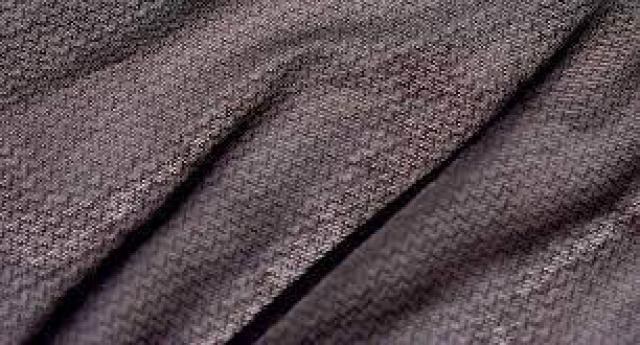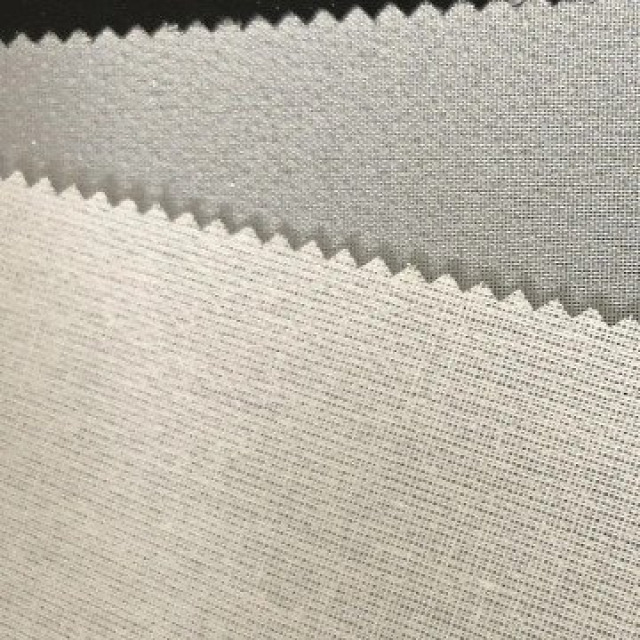
In the dynamic world of fashion, where trends evolve rapidly, every detail matters. One often overlooked yet crucial element in the realm of apparel design is fusible interlining. As fashion enthusiasts focus on the latest silhouettes, colors, and patterns, it's essential to recognize the unsung heroes behind the scenes – fusible interlining manufacturers. This blog post explores the significant contribution of fusible interlining to fashion trends, shedding light on the craftsmanship and innovation that safeguard style.
Understanding Fusible Interlining:
Before delving into the impact of fusible interlining on fashion, let's establish what it is. Fusible interlining is a textile material inserted between layers of fabric and fused with heat and pressure. Its primary purpose is to enhance the structure, stability, and appearance of garments. Manufacturers produce fusible interlinings in various weights, compositions, and textures, allowing designers to achieve specific effects in their creations.
The Evolution of Fusible Interlining:
The history of fusible interlining dates back to the mid-20th century when advancements in textile technology paved the way for innovative garment construction techniques. Traditional sew-in interlinings were time-consuming and often limited designers in their creative endeavors. Fusible interlining revolutionized the industry by providing a faster, more efficient, and versatile alternative.
Contributions to Fashion Trends:
-
Tailoring Precision: Fusible interlining plays a pivotal role in tailoring, providing a crisp and polished finish to garments. This precision is particularly evident in formalwear, where sharp lines and well-defined silhouettes are essential. From suits to evening gowns, fusible interlining enables designers to achieve impeccable tailoring that defines modern elegance.
-
Texture and Volume: The ability to control volume and texture is a hallmark of skilled garment design. Fusible interlining empowers designers to experiment with different weights and densities, creating garments that boast enhanced volume or subtle draping. This versatility is evident in everything from structured outerwear to flowing dresses, contributing to the diverse tapestry of fashion trends.
-
Innovative Silhouettes: Fashion is a dynamic art form that constantly seeks innovation. Fusible interlining manufacturers, through their commitment to research and development, provide designers with materials that enable the creation of avant-garde silhouettes. Asymmetrical designs, exaggerated shapes, and unconventional proportions become achievable with the support of fusible interlining.
-
Efficiency in Production: In the fast-paced world of fashion, efficiency is paramount. Fusible interlining accelerates the production process by eliminating the need for time-consuming hand-sewing of interlinings. This efficiency allows designers to bring their visions to life more swiftly, contributing to the timely realization of fashion trends.
-
Environmental Sustainability: Modern fusible interlining manufacturers are increasingly embracing sustainable practices. As the fashion industry grapples with environmental concerns, the role of eco-friendly materials becomes crucial. Some manufacturers now produce fusible interlinings using recycled fibers and adhere to environmentally conscious production methods, aligning with the growing demand for sustainable fashion.
Challenges and Innovations:
While fusible interlining has become an integral part of contemporary fashion, challenges persist. Balancing the need for stability with the desire for lightweight, breathable garments poses an ongoing challenge for manufacturers. However, ongoing research and technological innovations continue to address these concerns, ensuring that fusible interlining remains a reliable and adaptable component of fashion design.
In the intricate tapestry of fashion trends, fusible interlining emerges as a silent force that shapes and safeguards style. From the meticulous tailoring of formalwear to the avant-garde creations that push the boundaries of design, fusible interlining manufacturers play a crucial role in the evolution of fashion. As the industry continues to embrace innovation and sustainability, the contributions of fusible interlining are likely to become even more pronounced, solidifying its status as an indispensable element in the ever-changing world of fashion.


